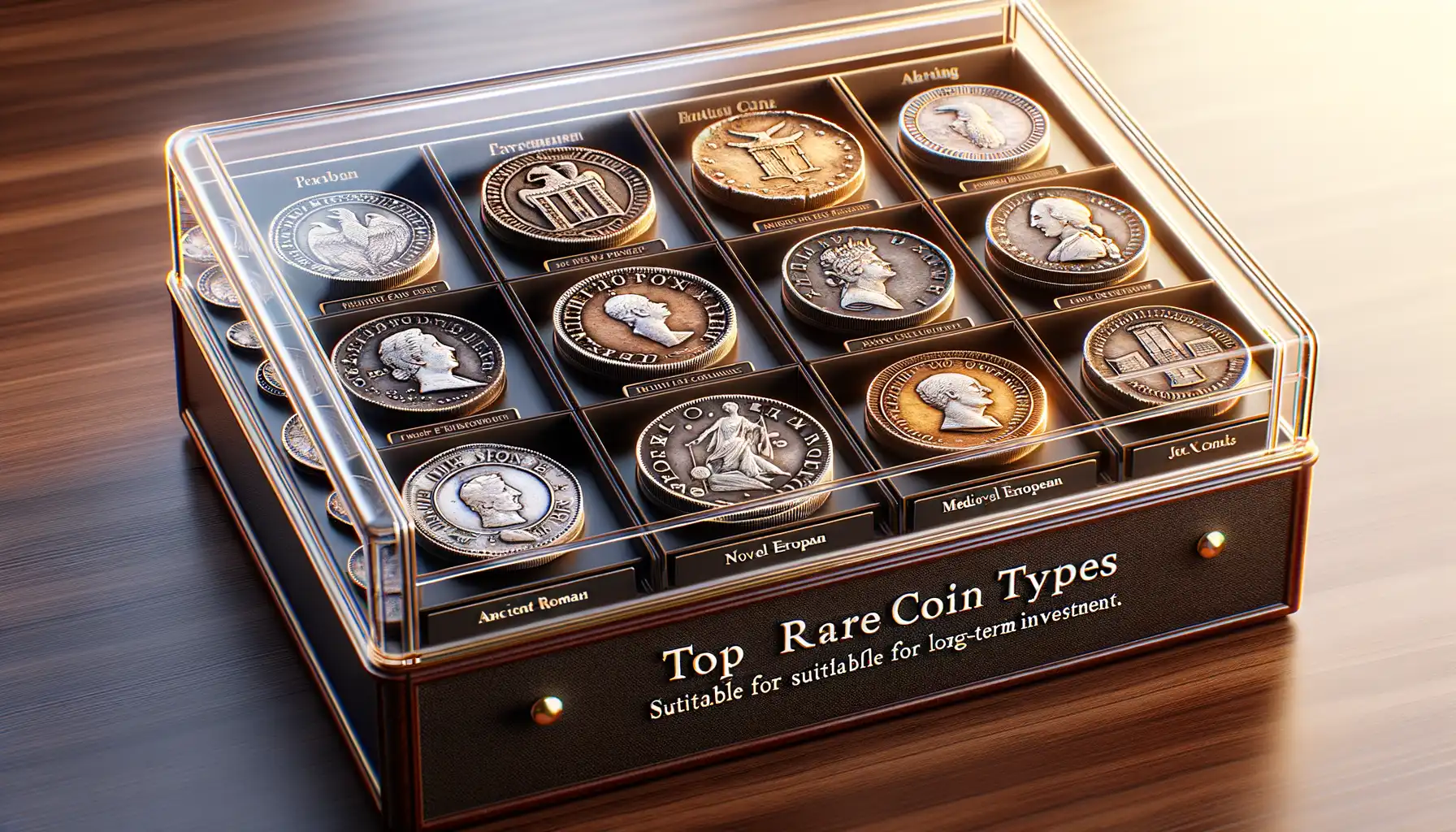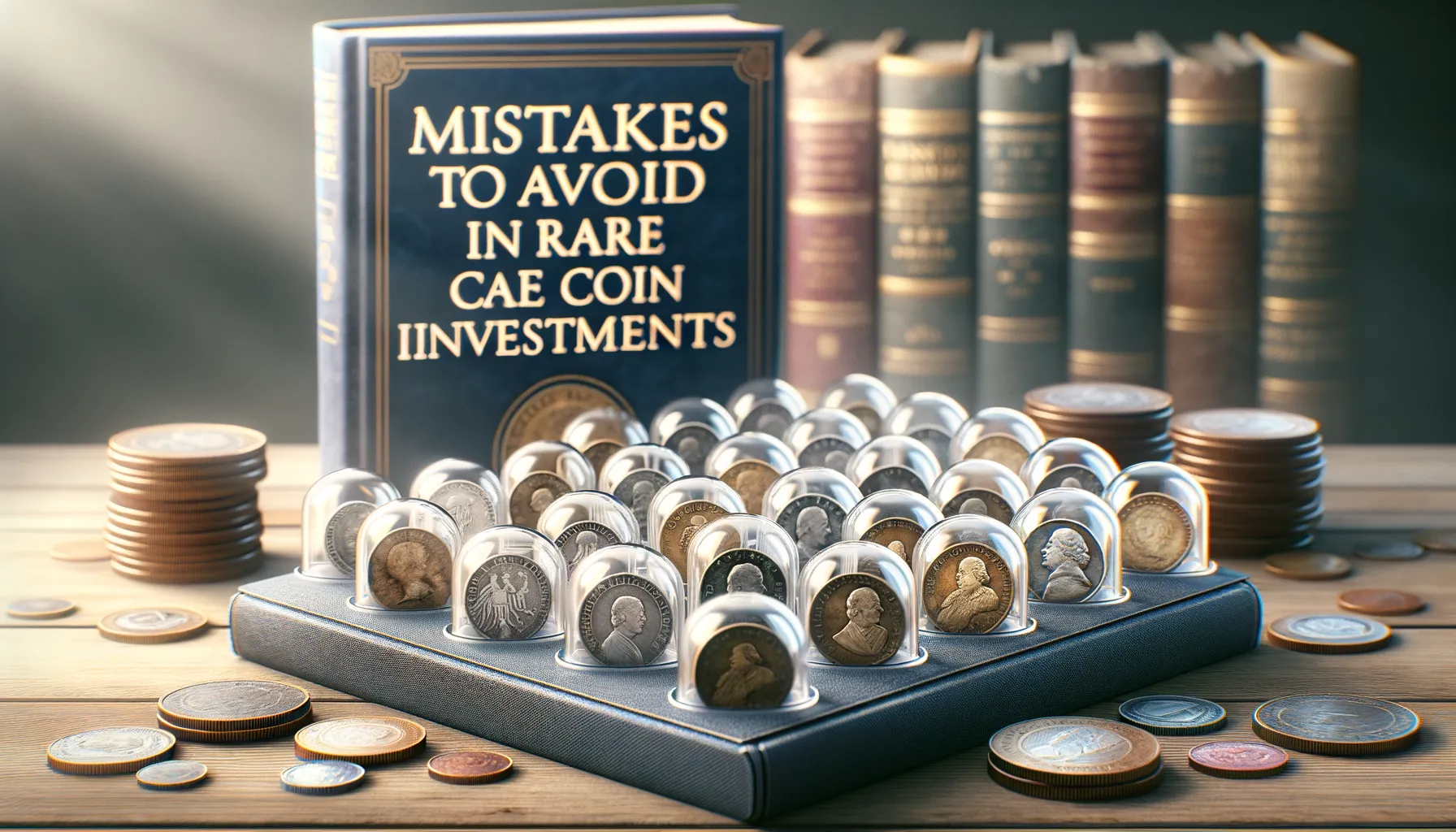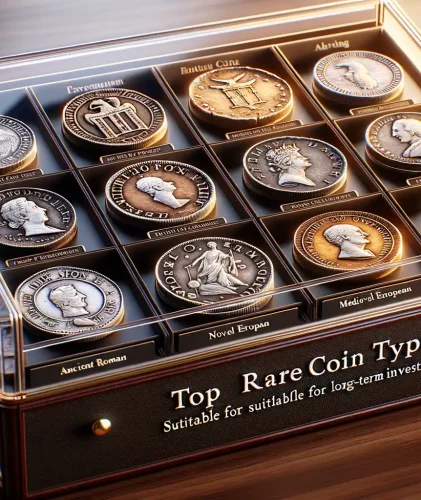Factors to Consider When Investing in Rare Coins
Understanding the Value Beyond the Shine
Investing in rare coins is like diving into an ocean—there’s beauty, but you need to know where the currents are pulling you. One critical factor is understanding a coin’s historical significance. A Roman denarius that witnessed the rise of an emperor? That kind of story can send collectors flocking, increasing value over time.
Of course, rarity isn’t just about the number of coins produced; it’s also about surviving examples. Imagine a rare 18th-century coin, but only a few pristine ones remain. That scarcity? It’s pure gold for your portfolio.
Condition, Demand, and Timing Matter
Coin condition—or its grade—is everything. A single scratch or discoloration can dramatically impact worth. Seek coins graded by trusted services like PCGS or NGC for peace of mind.
And let’s not forget market demand! It ebbs and flows, much like fashion trends. To stay ahead:
- Research which coins are gaining attention globally.
- Watch auctions and track collector forums for buzz-worthy pieces.
Finally, timing is as crucial as the coin itself. Hold out too long, and that once-hot investment might cool. Early action often wins this game.
Top Rare Coin Types for Long-Term Investment

Timeless Treasures Worth Their Weight in Gold
When it comes to rare coin types, some are like the VIPs of the investment world—impressive, exclusive, and always in demand. These coins don’t just sit locked away in a vault; they carry history, artistry, and financial potential all wrapped in metal. Let’s dive into a few top picks that collectors and investors alike can’t stop talking about:
- Pre-1933 U.S. Gold Coins: Think of these as the royalty of American coinage. Struck before Roosevelt’s gold recall, they’re a blend of scarcity and prestige with incredible designs like the Saint-Gaudens Double Eagle.
- Key Date Morgan Dollars: These iconic silver coins are the heartthrobs of numismatics. Look for dates like 1893-S and 1889-CC, which are prized for their rarity and beautiful strikes.
- Ancient Roman Coins: Not just coins—these are literal slices of ancient empires. Imagine holding a silver denarius from Julius Caesar’s reign. Now, that’s history meeting value.
Why These Coins Shine Bright for Investors
What makes these coins irresistible? It’s the trifecta of rarity, eye appeal, and cultural significance. A coin like the Saint-Gaudens Double Eagle doesn’t just sit in a collection—it dazzles with its story, its gleaming design, and its limited supply. And ancient coins? They appeal to both history buffs and investors looking for long-term growth.
You see, investing in these “top-tier” coins is like buying into a Picasso instead of just any artwork—they’ve already proven themselves as stars.
Evaluating the Market and Trends for Rare Coins

Dive into the Pulse of the Rare Coin Market
The world of rare coins is not static—it’s alive, breathing, and constantly shifting. To make informed investment choices, you need to feel the rhythm of the market. Start by asking yourself: where is the demand surging? Which coins are emerging as hidden stars? For example, trends can sometimes favor historically significant coins like a 1907 Saint-Gaudens Double Eagle, especially if collectors are captivated by its story or scarcity.
Track auction records like you’re following a treasure map. Often, prices realized at major auctions hint at collector preferences. Platforms like Heritage Auctions and Stack’s Bowers offer valuable insights. But it doesn’t stop there. Watch how global events ripple through the market. Economic shifts, for instance, can amplify interest in tangible assets, giving precious gold and silver coins a glow that outshines their peers.
- Follow expert publications like the Coin Dealer Newsletter (Greysheet).
- Engage with online communities and forums—these collectors often spot trends before they explode.
The Art of Spotting Seasonal Coin Patterns
Did you know even rare coins have “seasons”? Just as tulips bloom in spring, some coins gain attention cyclically. For example, commemorative coins tied to anniversaries often see value spikes around those milestone years. But don’t just rely on dates—monitor high-profile exhibits and documentaries that reignite interest in specific coins.
Ultimately, success lies in your ability to stay one step ahead, blending data with intuition. Rare coin markets are less about luck and more about mastering the art of observation.
How to Verify the Authenticity and Grade of Rare Coins

Spotting the Genuine Article: How to Avoid Costly Mistakes
Imagine holding a coin from centuries past, a silent witness to history. But how can you be sure it’s not just an imposter in a fancy costume? Verifying a rare coin requires more than a quick glance—it’s a skill honed through careful observation and tools of the trade.
First, start by examining the coin’s surface. Look closely for *irregularities*. Genuine coins often show wear that matches their age naturally—think of soft edges or subtle discoloration that feels organic. Counterfeits? They’re often too “perfect,” like a historical play with neon lights.
Next, trust but verify. Professional grading services like PCGS (Professional Coin Grading Service) or NGC (Numismatic Guaranty Company) act as the gatekeepers of legitimacy. Their seals of approval? As trustworthy as a signed letter from history itself.
- Authentication tools: Invest in a magnifying loupe or UV light for detailed inspections.
- Weight and size matters: Use precise scales to compare your coin’s dimensions with verified specs.
Understanding Coin Grades: The Language of Value
Grading plays a critical role in determining a coin’s worth. It’s the difference between owning a modest trinket and a museum-worthy artifact. Coins are typically graded on a 70-point scale. A mint-condition coin (MS-70) sparkles like it was struck yesterday, while lower grades tell stories etched in wear and tear.
For beginners, learning this “language” can feel like deciphering an ancient script. Start by familiarizing yourself with categories like “Good (G)”, “Fine (F)”, and “Mint State (MS)”. Then, practice spotting details: is the luster intact? Are the reliefs sharp? When in doubt, consult a certified numismatist—they’re like the wise, treasure-hunting sages of this fascinating world.
Mistakes to Avoid in Rare Coin Investments

Overlooking the Research Process
Imagine diving into rare coin investments without proper preparation—it’s like going on a treasure hunt with a blank map. This is where many new investors stumble. You can’t rely on guesswork or shiny surfaces. Without thorough research, you risk overpaying or, worse, buying a counterfeit. Dig into the history of the coin, its rarity, and market demand. For example, a genuine 1909-S VDB Lincoln cent holds immense value, but a replica? Practically worthless. Always arm yourself with knowledge before reaching for your wallet.
Neglecting External Market Factors
Coins don’t exist in a vacuum; the market moves like tides. Ignoring external factors—like economic fluctuations or shifts in collector interests—is one of the biggest pitfalls. Here are a few common mistakes to dodge:
- Failing to monitor precious metal prices for coins tied to gold or silver.
- Chasing trends instead of focusing on timeless coins.
- Jumping in during a market boom without considering long-term stability.
Remember, patience often wins the race in coin collecting. Spotting a quiet gem during an oversaturated market could be your ace move. Always think strategically.

